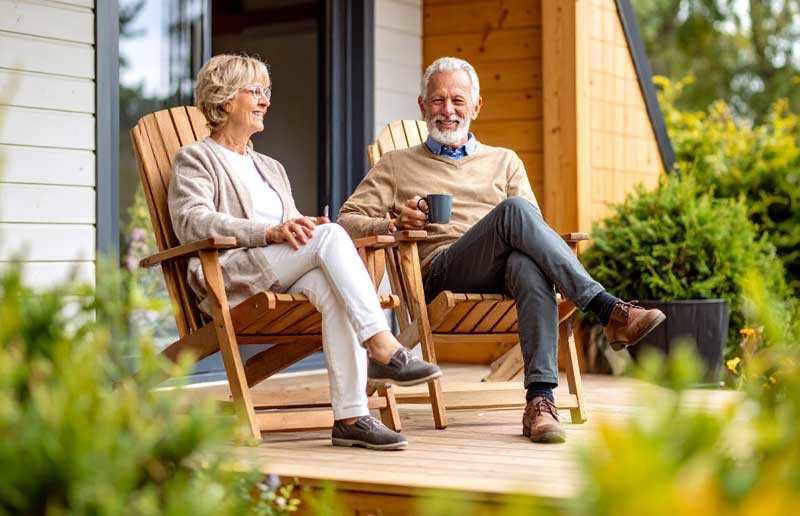
As we plan for the future, one aspect of homeownership often overlooked is how well our homes will serve us as we age. The desire to age comfortably and safely in our own homes—known as "aging in place"—is a goal shared by millions of Americans. According to AARP, nearly 80% of adults over 50 want to remain in their homes for as long as possible. Yet, many houses are not designed with the needs of older adults in mind.
At Pro Home 1, we believe that smart, thoughtful remodeling can make a home not only more beautiful but also more accessible and functional for all stages of life. In this post, we'll explore the principles of aging-in-place design and highlight key remodeling strategies that promote longevity, safety, and comfort.
The Principles of Aging-in-Place Design
- Accessibility – Ensuring that the home can be navigated easily by individuals with mobility limitations.
- Safety – Minimizing risks such as falls or accidents with features like slip-resistant flooring and proper lighting.
- Independence – Allowing homeowners to perform daily activities without assistance for as long as possible.
Key Remodeling Areas and Strategies
1. Entrances and Exits
- Install no-step entryways at least one entrance to the home.
- Use wider doorways (minimum 36 inches).
- Lever-style door handles for easier grip.
- Motion-sensor lighting at entry points.
2. Kitchens
- Lower or varied countertop heights.
- Pull-out shelves in lower cabinets.
- D-shaped cabinet pulls.
- Non-slip flooring like vinyl or rubber.
- Side-opening ovens and front-control cooktops.
3. Bathrooms
- Zero-threshold showers.
- Grab bars near toilets, showers, and tubs.
- Comfort-height toilets.
- Anti-scald faucets.
- Slip-resistant flooring.
4. Stairways and Hallways
- Widen hallways to at least 42 inches.
- Install handrails on both sides of stairs.
- Chair lift or residential elevator (optional).
5. Lighting and Electrical
- Rocker-style light switches.
- Ambient lighting to eliminate shadows.
- Nightlights in hallways and bathrooms.
- Raise electrical outlets to a reachable height.
Budget Considerations
Feature | Estimated Cost Range |
|---|---|
Grab Bars (Installed) | $150 – $300 each |
Zero-Threshold Shower | $2,500 – $5,000 |
Comfort-Height Toilet | $200 – $600 |
Stair Chair Lift | $2,000 – $5,000+ |
Widening Doorways | $500 – $1,200 per door |
The Emotional Impact
Remaining in one’s own home can reduce stress, promote mental wellness, and preserve autonomy and dignity.
Conclusion
At Pro Home 1, we understand that home is more than a place - it's a foundation for a lifetime. Our remodeling team can help you plan renovations that ensure your home evolves with your needs.
Tags
Subscribe to Pro Home 1's Blog




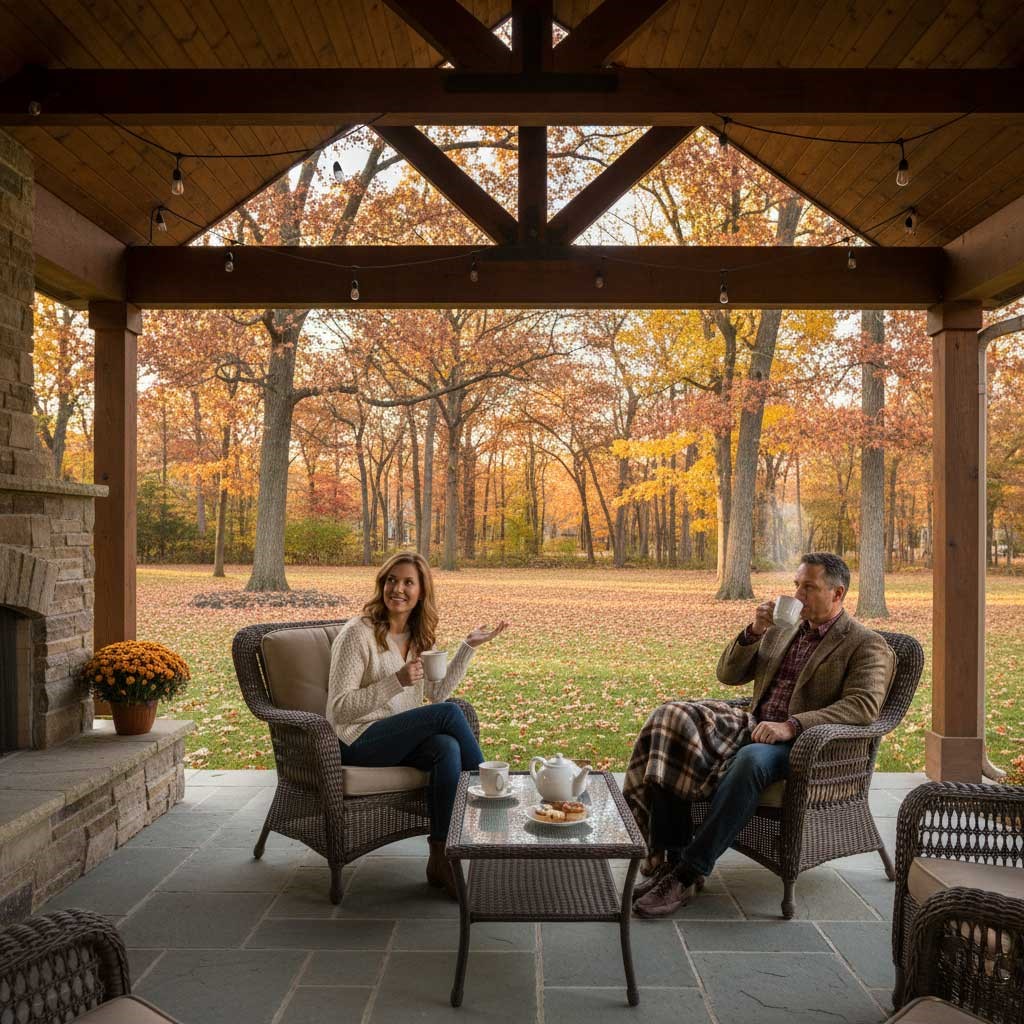

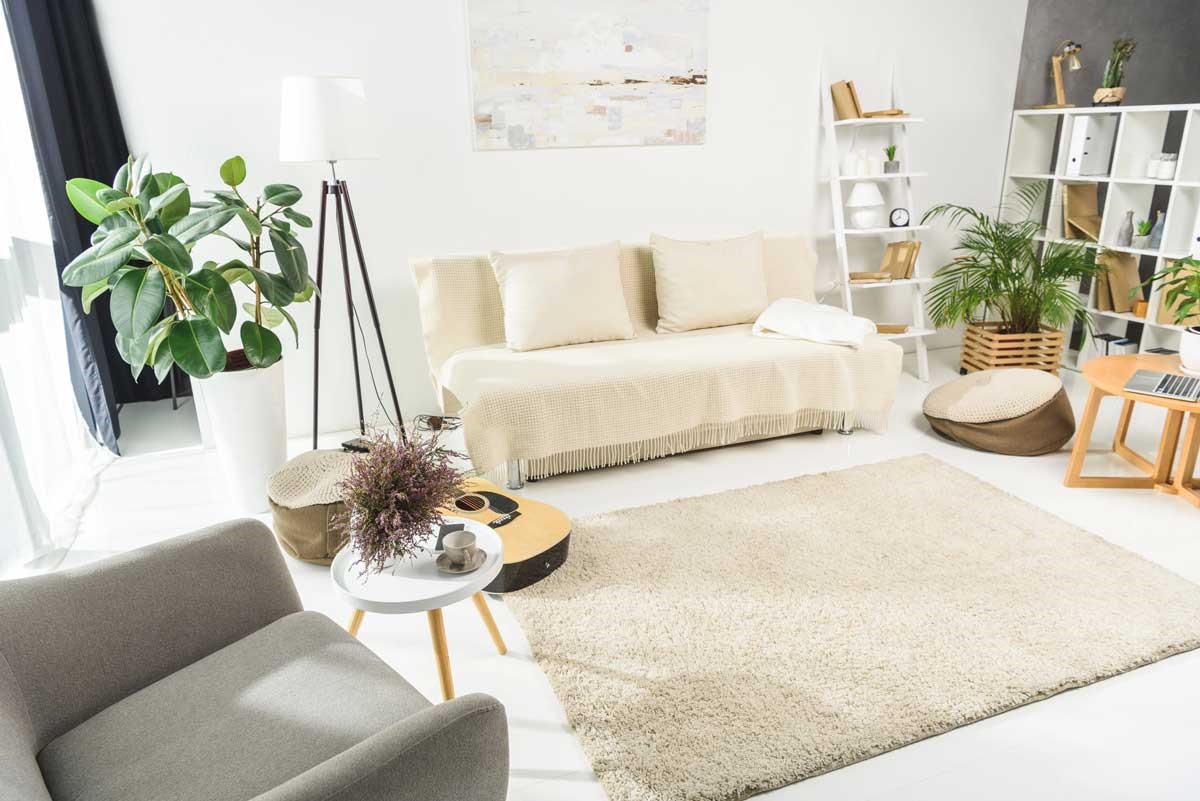
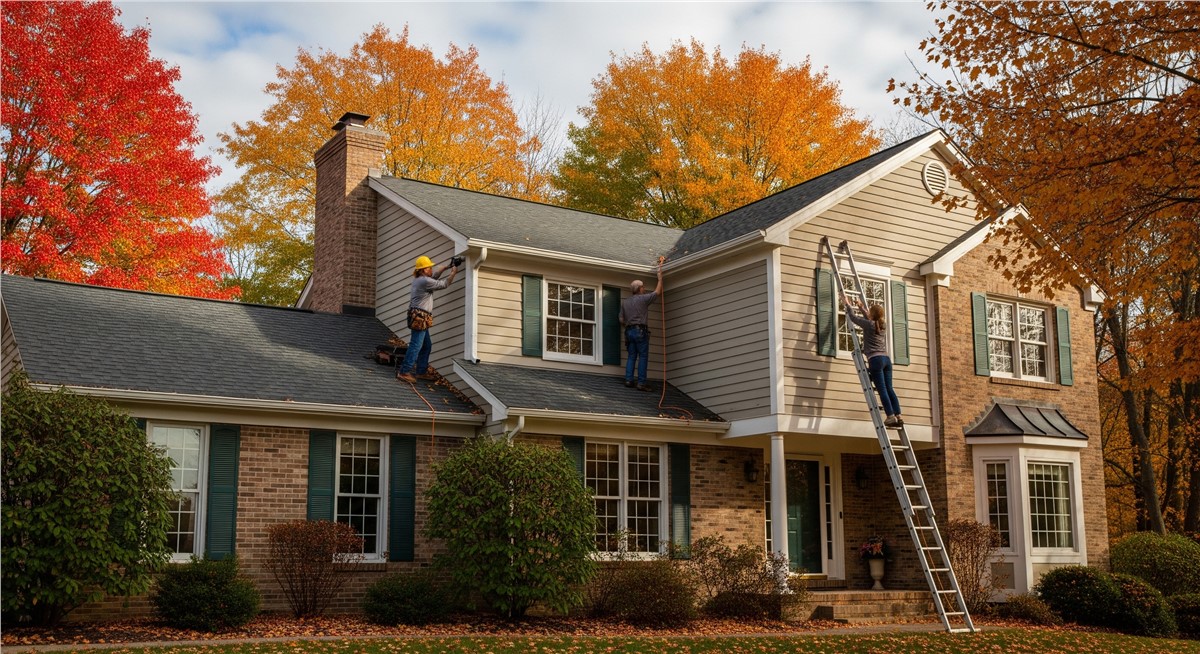
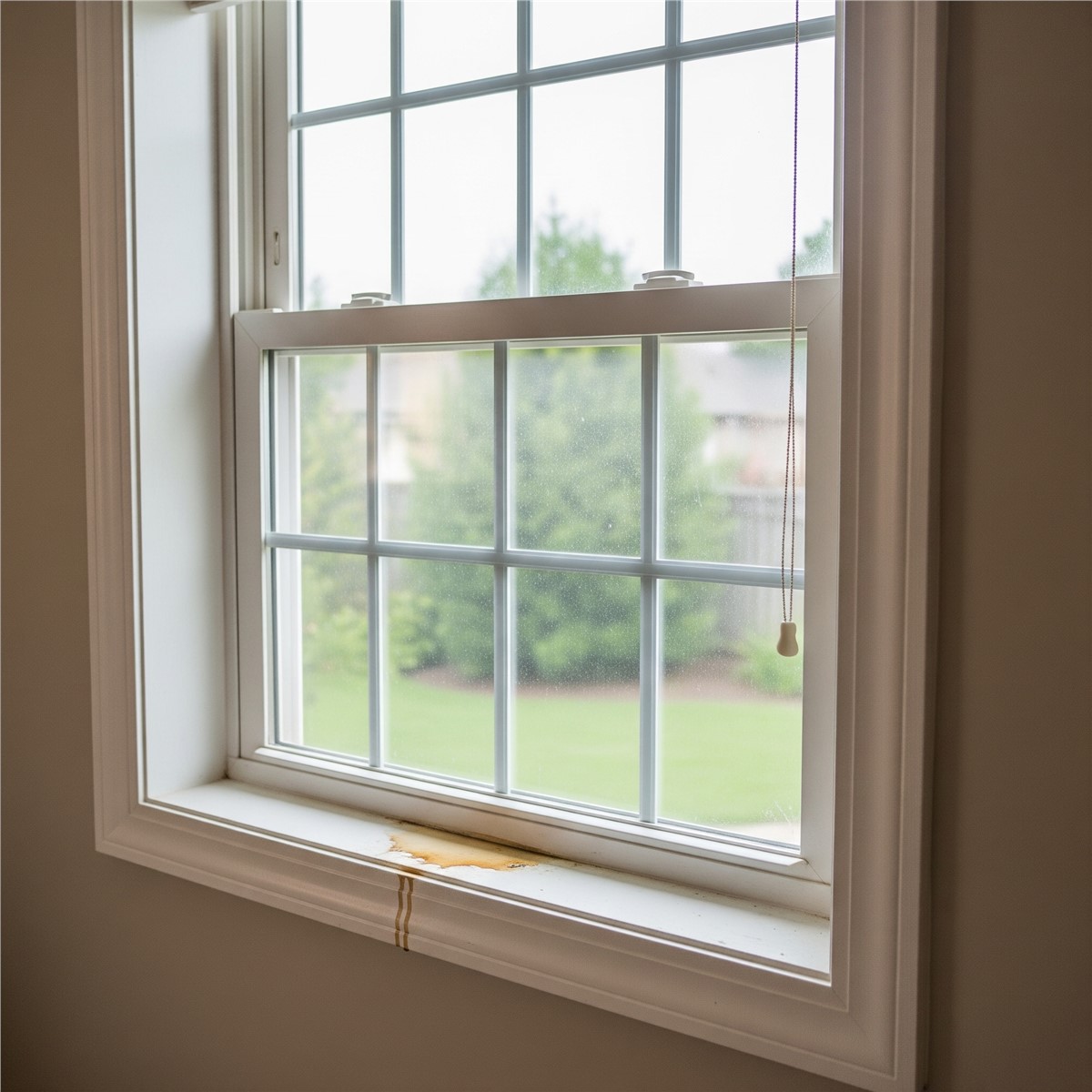

Comments